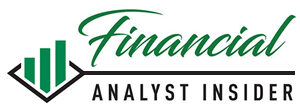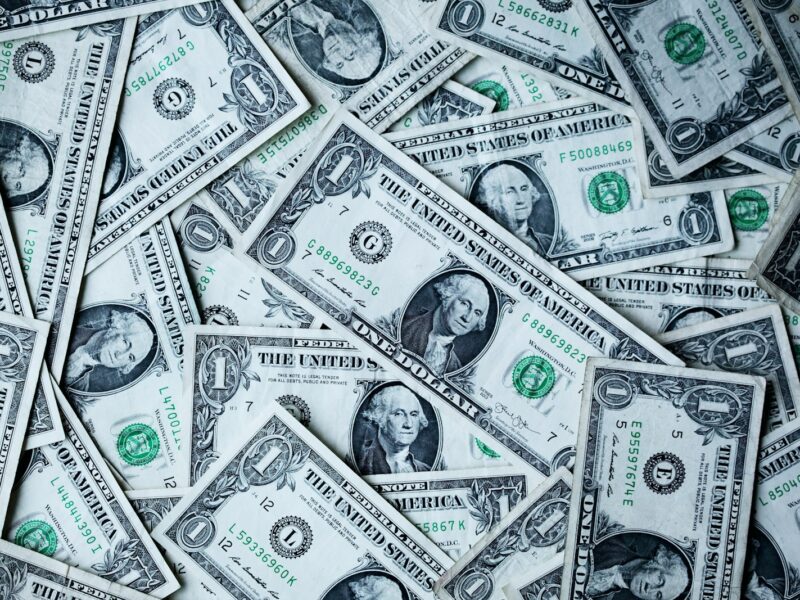Buying a home is a significant investment, and for most people, it’s not feasible without some form of financing. Luckily, there are various financing options available to home buyers, including mortgages, loans, and government programs. In this article, we’ll take a closer look at the most popular financing options for home buyers.
-
Mortgages
Mortgages are the most common way to finance a home purchase. A mortgage is a loan that you take out to buy a home, and it is secured by the property you’re buying. Mortgages can come from a variety of sources, including banks, credit unions, a mortgage broker, and other financial institutions.
One of the benefits of a mortgage is that it can be customized to meet your needs. You can choose the length of the loan, the interest rate, and the type of mortgage you want. For example, you could choose a fixed-rate mortgage, which has a set interest rate that stays the same for the life of the loan, or an adjustable-rate mortgage, which has an interest rate that can change over time.
Another benefit of a mortgage is that it can come with tax advantages. In many cases, you can deduct the interest you pay on your mortgage from your taxes, which can help lower your overall tax burden.
-
Home Equity Loans
Home equity loans allow you to borrow against the equity in your home, which is the difference between the market value of your home and the amount you owe on your mortgage. These loans typically have lower interest rates than personal loans because they are backed by your home.
A home equity loan is a lump sum of money that you receive upfront and pay back over time. This type of loan is ideal if you need a large sum of money for a specific purpose, such as a home renovation or a major purchase.
-
Line of Credits
A line of credit is a type of loan that allows you to borrow money as you need it, up to a certain limit. This type of loan is similar to a credit card, where you have a credit limit and can borrow money as needed, but you only pay interest on the money you borrow.
A line of credit is ideal if you need flexibility and don’t need a large sum of money upfront. You can use a line of credit to pay for unexpected expenses or to cover ongoing costs, such as home repairs or renovations.
-
Personal Loans
Personal loans are unsecured loans, which means they are not backed by collateral like a mortgage is. Because of this, personal loans often have higher interest rates than mortgages, and you may need a good credit score to qualify.
Personal loans are ideal if you need a smaller sum of money to cover expenses associated with buying a home, such as closing costs or a down payment. However, if you need a larger sum of money, you may want to consider a home equity loan or line of credit instead.
-
Government Programs
In addition to mortgages and loans, there are also a variety of government programs available to help home buyers finance their purchases. Some of the most popular programs in Canada include:
- Canada Mortgage and Housing Corporation (CMHC) – This program provides mortgage loan insurance to help Canadians buy a home with a minimum down payment of 5%.
- Home Buyers’ Plan (HBP) – This program allows you to withdraw up to $35,000 from your RRSP to buy or build a qualifying home.
- First-Time Home Buyer Incentive – This program allows eligible first-time home buyers to finance a portion of their home purchase through a shared equity mortgage with the Government of Canada.
Each of these programs has its own eligibility requirements, so it’s important to research them carefully to determine which ones you may qualify for.



